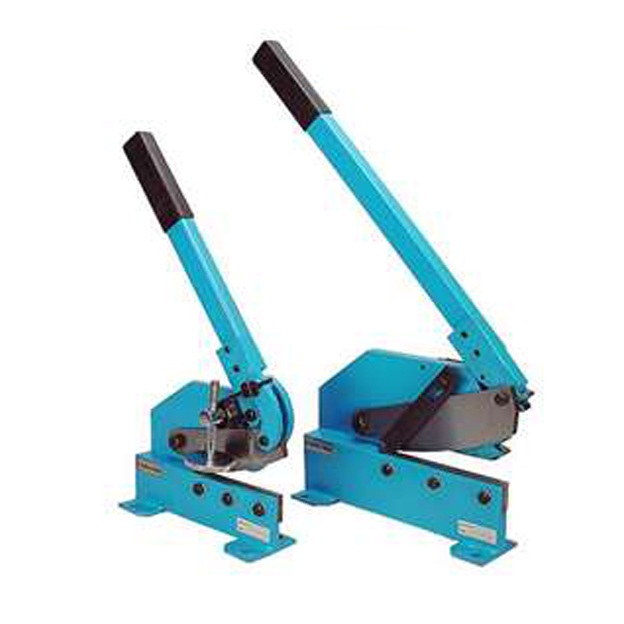fezder
Well-Known Member
Right. I've entered the world of making own pcb's.
The etching process isn't painful anymore so to say, but now, how to make repeatable square-shaped pcb's?
For some reason I don't have access to cnc or any fancy stuff yet. I tried basic scoring method, but that caused brittles and crack, no good.
Google didn't help that much as there Isn't any good value-quality ratio for hobbyist scale.
How do you guys cut phenolic pcb's? No, I don't mean stripboards, those go well with scoring method. Also I used dremel, but hard to make truly square cuts with it.
this pcb is what I use:
https://www.taydaelectronics.com/ha...ds/copper-clad-board-pcb-single-side-6x6.html
I was thinking of miter saw but with hand hacksaw.
Thoughts?
The etching process isn't painful anymore so to say, but now, how to make repeatable square-shaped pcb's?
For some reason I don't have access to cnc or any fancy stuff yet. I tried basic scoring method, but that caused brittles and crack, no good.
Google didn't help that much as there Isn't any good value-quality ratio for hobbyist scale.
How do you guys cut phenolic pcb's? No, I don't mean stripboards, those go well with scoring method. Also I used dremel, but hard to make truly square cuts with it.
this pcb is what I use:
https://www.taydaelectronics.com/ha...ds/copper-clad-board-pcb-single-side-6x6.html
I was thinking of miter saw but with hand hacksaw.
Thoughts?




